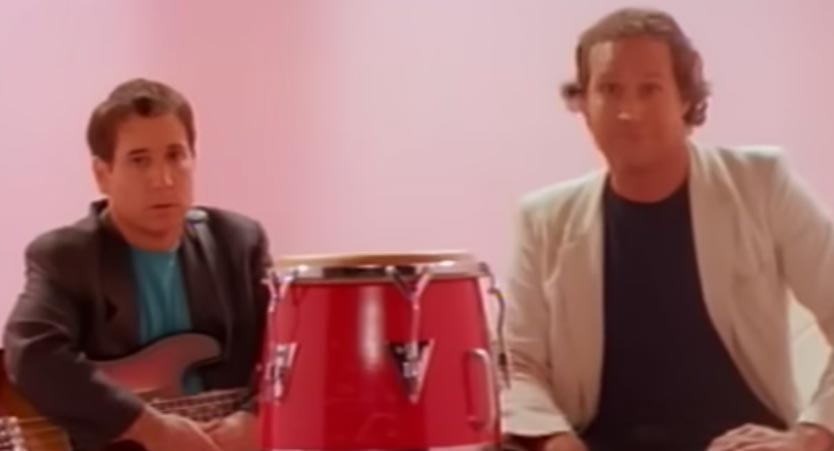Paul Simon – You Can Call Me Al
A bass-driven identity crisis wrapped in worldbeat joy
Released in July 1986 as the lead single from his landmark album Graceland, Paul Simon’s “You Can Call Me Al” became an instant curiosity — then a classic. Whimsical and restless, deeply personal yet globally inspired, it fused American pop with South African rhythms, delivering a midlife reckoning wrapped in the bounce of a penny whistle and one of the most iconic bass solos in pop music history.
A Global Sound with a Personal Story
“You Can Call Me Al” was born out of Simon’s transformative trip to South Africa in 1985, where he immersed himself in local styles like mbaqanga and township jive. Collaborating with musicians such as guitarist Ray Phiri, drummer Isaac Mtshali, and bassist Bakithi Kumalo, Simon explored the possibilities of cross-cultural musical storytelling — something both groundbreaking and, at the time, politically complex due to the South African cultural boycott.
The track was co-produced with Roy Halee, and features intricate layers of horns, percussion, and that famous fretless bass solo, played by Kumalo and flipped in reverse in post-production, creating a mesmerizing, palindromic phrase that still dazzles.
Lyrical Surrealism with a Wink
Beneath the musical brightness, the lyrics grapple with themes of midlife dislocation and spiritual drift. Simon paints the portrait of a man lost in modern ennui — “A man walks down the street, he says / Why am I soft in the middle now?” — and invites the listener into a surreal, self-deprecating monologue.
The chorus, “If you’ll be my bodyguard, I can be your long-lost pal / I can call you Betty, and Betty, when you call me, you can call me Al,” emerged from a real-life mix-up, when composer Pierre Boulez mistakenly referred to Simon and his then-wife Peggy Harper as “Al and Betty” at a party. The moment stuck, and Simon transformed it into something loose, playful, and oddly poignant.
Chart Journey and Cultural Breakthrough
In the United States, the song had a slow start, initially peaking at No. 44 on the Billboard Hot 100 in 1986. But after Graceland won Album of the Year at the 1987 Grammys, “You Can Call Me Al” re-entered the charts and climbed to No. 23. In the UK, it was a bigger hit right away — reaching No. 4 — and it became a Top 10 track in Australia, the Netherlands, and New Zealand.
A key element of its popularity came from its MTV-favorite music video, directed by Gary Weis, featuring comedian Chevy Chase lip-syncing the lead vocal while Simon played instruments in a hilariously understated role reversal. The video’s oddball humor perfectly matched the song’s off-kilter vibe, making it unforgettable for a generation raised on music television.
Lasting Legacy
“You Can Call Me Al” remains one of Simon’s most recognizable tracks, not only for its earworm chorus and boundary-pushing production, but for what it symbolized: a shift toward global musical fusion in pop. It introduced countless listeners to South African music, sparking conversations about artistic collaboration, appropriation, and cultural exchange — topics still debated today.
Even now, the song is a staple at concerts, on nostalgic playlists, and in moments when absurdity and soulfulness need to share a dance floor.
